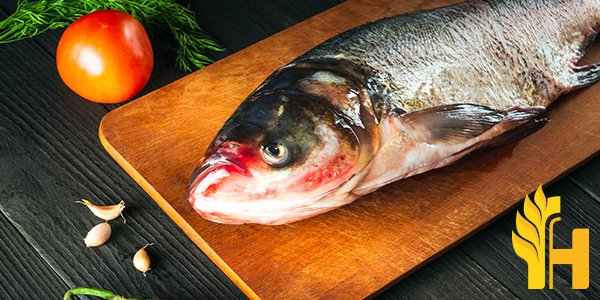Bighead Carp price

Where to buy and sell Bighead Carp, lowest (cheapest) and highest price.
check offers buy sell Bighead CarpToday price for Bighead CarpBighead Carp wholesale prices 2022
The Current commodity price of Bighead Carp per kg, pound in the world in the global markets
Bighead Carp
The bighead carp lives in large rivers and lakes, including the Great Lakes of North America. It feeds on plankton (tiny plants and animals). The bighead carp was introduced to the United States in the 1970s to help control parasites on farm-raised catfish. Unfortunately, it found its way into waterways that lead to the Mississippi River, and from there, to the Great Lakes. There are no natural predators in the Great Lakes that keep bighead carp populations under control.Bighead carp eat a lot of plankton because they have a small number of taste buds and a large digestive system that can extract plenty of nutrients from their food. The high-fiber diet has side effects, such as a decrease in reproductive rate, and a tendency to foul the water with fecal waste.
The bighead carp is an invasive species that has been known to clog water intakes of power plants, as well as endanger other fish populations by creating large "filter stacks" that remove plankton from the water. In 2007 the city of Chicago announced a $3 million program to protect its water intakes from the bighead and silver carp.
The bighead carp is not an ideal food fish because it has very little flesh and more bones than other comparable fish. The head does have some edible flesh, but it is often discarded by anglers who consider the head inedible or too bony to be used as a food source.
Bighead carp have been found to have a negative effect on the ecology of the waters they invade and are a significant concern for biodiversity in affected water systems. Fish that eat a lot of plankton can change their environment from one where other fish species thrive to one dominated by invasive bighead carp.
Bighead carp introduced into a new habitat can have negative effects on native species. Once established, these fish reproduce rapidly and eat massive amounts of plankton, which may result in a shortage for other fish species that also rely on the plankton as a food source. In some areas, the bighead carp has been documented as having no other food source but plankton, yet still thrives. The fish grows rapidly, sometimes reaching a size of over 60 pounds.
Global bighead carp production
According to the Food and Agriculture Organization of the United Nations (FAO), the top 10 countries producing bighead carp in 2014 were China, India, Bangladesh, Myanmar, Viet Nam, Thailand, Laos, Cambodia, Nepal, and Indonesia. China is by far the world's largest producer of bighead carp, with reported production of 1,330,821 metric tons in 2014 - more than four times the second-largest producer, India. Bangladesh, Myanmar, and Viet Nam are also significant producers of bighead carp, each with a production of over 100,000 metric tons in 2014. The total global production of bighead carp was 2,065,981 metric tons in 2014. The top 10 producing countries accounted for 96% of total global production.Download our new
Husfarm App
Stay up to date with the current prieces of agricultural products all over the world.
Do you want to sell agricultural products?
Are you an Agricultural processor looking for high-quality products to buy?
Post an ad for FREE!
